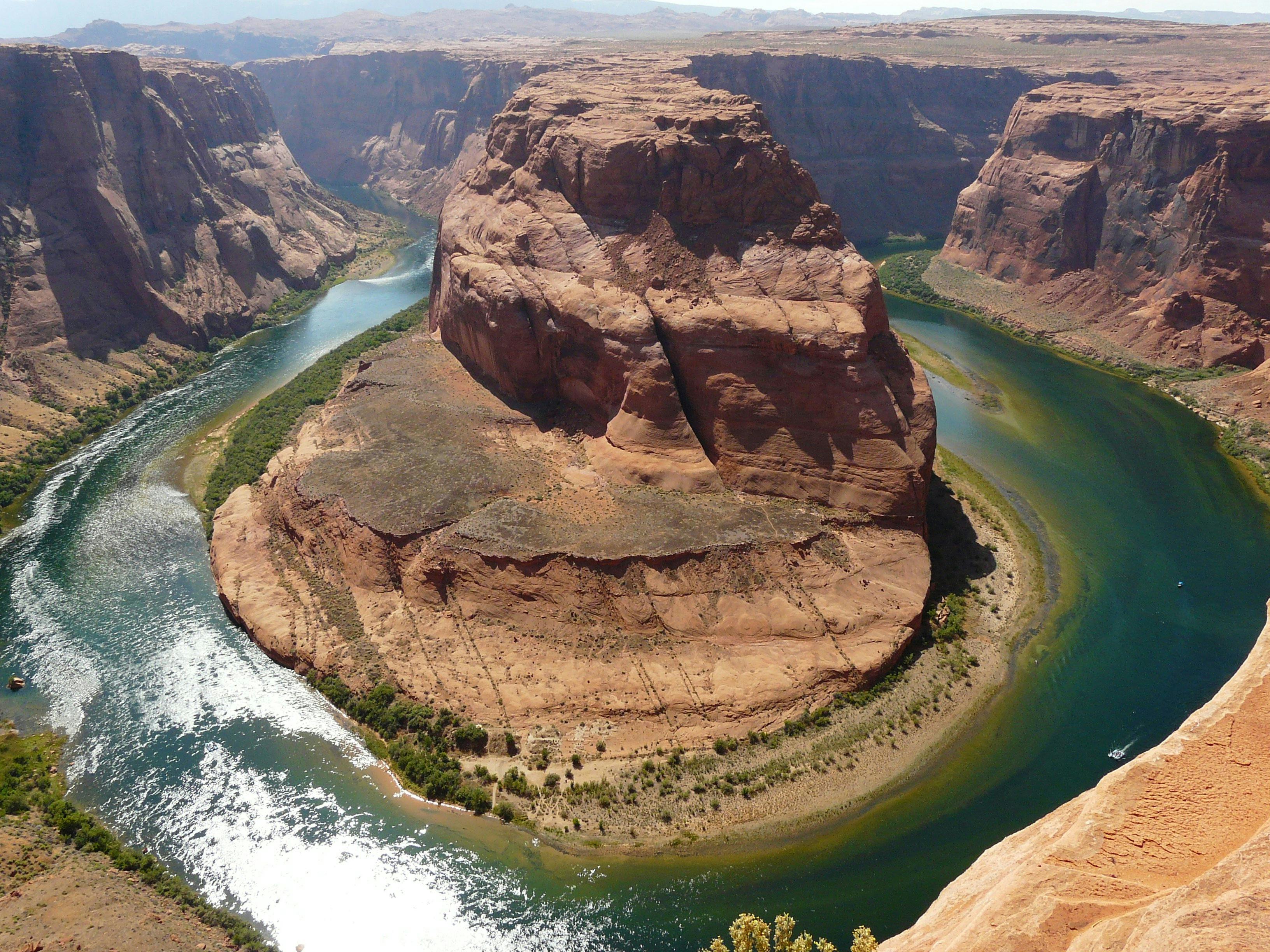Understanding the Causes of Water Damage
Water damage typically occurs when water enters a building or structure and causes destruction. It can be caused by a variety of sources, including flooding, burst pipes, leaking roofs, and faulty plumbing systems. In some cases, water damage can even be caused by natural disasters such as earthquakes or hurricanes. Understanding the causes of water damage is essential for homeowners and business owners alike so that they can take steps to prevent it from occurring in the future.One of the most common causes of water damage is flooding. Flooding can occur due to heavy rains or overflowing rivers and streams. In addition to the destruction caused by flooding itself, it can also lead to other types of damage, such as mold growth, structural damage, and electrical problems. To protect against flood damage, homeowners should invest in flood insurance and consider constructing flood barriers around their property.
Burst pipes are another common cause of water damage. Pipes can burst due to high pressure or extreme cold temperatures. When a pipe bursts inside a home or business, large amounts of water can enter the structure quickly and cause extensive damage. To prevent pipe bursts from occurring, property owners should regularly inspect their plumbing systems for signs of wear and tear or corrosion.
Leaking roofs are another potential source of water damage. Leaks can occur due to poor maintenance or aging materials. When left unchecked, roof leaks can cause significant structural problems as well as mold growth on interior surfaces. Homeowners should inspect their roofs regularly for signs of wear and tear and take steps to repair any leaks immediately.
Finally, faulty plumbing systems are another potential cause of water damage. Faulty pipes, fittings, valves, and fixtures can all lead to leaks that result in significant amounts of water entering a home or business. To protect against this type of damage, property owners should have their plumbing systems inspected regularly for signs of wear and tear.
Understanding the causes of water damage is essential for preventing it from occurring in the future. Homeowners should inspect their plumbing systems regularly for signs of wear and tear; maintain their roofs properly; invest in flood insurance; construct flood barriers around their property; and take steps to repair any leaks immediately if they do occur. By taking these precautions now, property owners will be able to better protect themselves from costly repairs down the line due to water-related damages
Locating the Source of the Water
Locating the source of water is an important step in determining how to address a water issue. It is essential to identify the source of the water before any repair or maintenance can be done. There are several ways to do this, depending on where the water is coming from and what type of property it is on.One way to locate the source of water is by visually inspecting the area. Look for signs of moisture, such as wet spots on walls or floors, and check for standing water in low-lying areas. If there are any visible signs, follow them back to their source. This can help narrow down where the water may be coming from and provide clues as to what repairs may need to be done.
Another way to locate a source of water is by using specialised tools. This includes moisture meters, which measure humidity levels in order to detect moisture in hidden areas, and infrared cameras, which detect heat generated by sources of moisture like a leaking pipe. These tools can help identify even small leaks that may not be visible with just a visual inspection.
Finally, if all else fails, it may be necessary to call in a professional plumber or contractor who has experience dealing with this type of issue. They will be able to use their expertise and specialised equipment in order to accurately locate and repair whatever issue they find.
No matter what method you use, it is important that you take action quickly so that any potential issues can be identified and addressed before they become more serious problems down the line. Locating the source of water can sometimes be difficult but if done properly it can save you time and money in the long run.
Cleaning Up Spills and Leaks
Cleaning up spills and leaks can be a tricky task, especially when it comes to hazardous materials. It is important to take the necessary safety precautions when dealing with spills or leaks. All hazardous materials should be properly identified and labeled, and appropriate protective gear such as gloves, respirators, and goggles should be worn. It is also important to have the right tools on hand for cleaning up the spill or leak, such as absorbents, neutralizers, buckets, mops, rags, and safety signs.When dealing with a spill or leak, it is important to act quickly. The first step is to identify the source of the spill or leak and then contain it by placing absorbent material around it. This will help prevent the spill from spreading further. After the source has been contained, any residual material should be cleaned up using appropriate tools such as mops, buckets, rags etc. If applicable to the material spilled/leaked, neutralizers should also be used in order to render any remaining hazardous materials harmless.
Once all of the material has been cleaned up properly it is important to dispose of it in a safe manner. Depending on what was spilled/leaked there may be specific regulations regarding disposal so be sure to research this beforehand. Additionally, areas where spills or leaks have occurred should always be monitored for signs of contamination or damage in order to prevent any further accidents from occurring.
Removing Excess Water from the Subfloor
When dealing with a flooded basement, one of the most important steps is to remove any excess water from the subfloor. This can be done by using a wet/dry vacuum or a sump pump. The vacuum or sump pump should be used to extract as much of the water as possible from the subfloor, and then it should be dried out with fans and dehumidifiers. It is important to note that the subfloor should be completely dry before any additional work can take place. If there is still water in the subfloor, it could lead to mold growth and structural damage.Once all of the excess water has been removed from the subfloor, it is important to inspect it for any damage that may have occurred due to the flooding. If there are any soft spots or areas where moisture has seeped in, these should be repaired before proceeding with any other restoration work. In some cases, it may be necessary to replace sections of damaged subflooring in order to ensure that it will not cause further problems down the line. It is also a good idea to check for signs of mold or mildew, which can also be a sign of excessive moisture in the area.
Removing excess water from a flooded basement’s subfloor is an important step in restoring it back to its former state. By using wet/dry vacuums and sump pumps, as well as inspecting and repairing any damage that may have occurred due to flooding, homeowners can ensure that their basements are safe and dry once again.

Using a Wet/Dry Vacuum for Quick Drying
A wet/dry vacuum is an essential tool for quickly drying and cleaning up spills and messes. It is the ideal choice for any situation where you need to efficiently remove liquid from a surface or area. The vacuum’s powerful suction works to rapidly draw in water, making it an ideal tool for quick drying of carpets, upholstery, and other fabrics. The suction also works to pick up dirt and debris, leaving surfaces clean and dry. Wet/dry vacuums can also be used to easily remove water from swimming pools, ponds, or other areas with standing water.The convenience of having a wet/dry vacuum on hand makes it a great choice for anyone who needs to quickly dry surfaces or clean up messes. It is easy to use and can be taken anywhere you need it. With its powerful suction, it can handle even the toughest jobs and make quick work of drying tasks. It is also lightweight and portable, making it easy to store when not in use.
Overall, using a wet/dry vacuum is an excellent way to quickly dry surfaces or clean up spills and messes. Its powerful suction makes it easy to remove water from carpets or fabrics, as well as dirt and debris from any surface or area. And because it is so portable and lightweight, it can be taken anywhere you need it and stored away when not in use.
Can Distilled Water Affect the Process of Drying Water Under Laminate Flooring?
Distilled water, when used in the context of laminate flooring, may influence drying times. The ideal temperature for water distillation process ensures pure water is obtained, which can aid in preventing further moisture-related problems. This is crucial in maintaining the integrity of laminate planks during the drying phase.
Can Fixing Water Damage on a Popcorn Ceiling Help Prevent Further Issues Under Laminate Flooring?
Fixing water damage on a popcorn ceiling can serve as a crucial step in maintaining your home. By addressing these issues promptly, you can remedy popcorn ceiling issues and potentially prevent further problems, such as mold growth or deterioration beneath your laminate flooring. Timely repairs save both time and money.
Can Water Issues Affect the Health of My Leopard Gecko if There’s Water Under the Laminate Flooring?
If there’s water under the laminate flooring, it can lead to high humidity levels, which might adversely affect your leopard gecko’s health. Understanding leopard geckos water needs duration is crucial, as excessive moisture can promote mold and respiratory issues, putting your pet at risk in its habitat.
Can Fixing Water-Damaged Cabinets Help Prevent Water Under Laminate Flooring?
Restoring water damaged kitchen cabinets can significantly aid in preventing further issues, such as water under laminate flooring. By addressing the source of the damage and ensuring cabinets are properly dried and repaired, homeowners can create a more stable environment, ultimately protecting the flooring and enhancing overall home durability.
Utilize Fans and Dehumidifiers for Faster Drying
When dealing with a water damage emergency, the best course of action is to quickly dry out the affected area. The use of fans and dehumidifiers can help to accelerate the drying process. Fans are great at circulating air, while dehumidifiers remove moisture from the air, allowing it to dry faster. To achieve optimal drying conditions, it’s important to use both in combination. This will help keep humidity levels low while also preventing mold growth.
When using fans and dehumidifiers, it’s important to place them strategically. The fans should be placed in the areas that are most affected by water damage, while dehumidifiers should be used in rooms or areas where humidity levels are high. It’s also important to make sure that all windows and doors are kept closed so that the circulation of air is maximized. Additionally, all wet items should be removed from the affected area as they can interfere with the drying process.
It’s also important to monitor humidity levels throughout the drying process. Humidity levels should remain below 60 percent at all times; if they go above this level, mold growth is more likely to occur. To ensure optimal drying conditions, use an indoor hygrometer or thermometer to monitor humidity levels and adjust fans and dehumidifier settings accordingly.
Using fans and dehumidifiers together can help speed up the drying process significantly when dealing with a water damage emergency. By placing them strategically and monitoring humidity levels closely, you can ensure that your home is properly dried out and protected from further damage.
Inspecting Laminate Floorboards for Damage
It is important to inspect your laminate floorboards for damage regularly. This will help ensure that your flooring is in good condition and will last for many years. Before you begin your inspection, it is important to gather the necessary supplies, including a flashlight, a ruler or measuring tape, and a damp cloth. First, use the flashlight to look over the entire surface of the flooring for any signs of damage. Look for scratches, gouges, or discolored patches on the surface that may indicate water damage. If any of these are present, then you may need to repair or replace the floorboard.Next, use the ruler or measuring tape to check if any of the boards are warped or bowed. Warped boards can cause issues with installation and can also cause tripping hazards. Finally, use the damp cloth to check if any of the boards are cupped or have grooves on their surface. This can occur when there is too much moisture in the environment and can be an indication that your floorboards need to be replaced.Overall, inspecting laminate floorboards for damage regularly is an important step in ensuring that your floors remain in good condition. By taking the time to examine all aspects of your flooring, you can catch minor problems before they become major issues and save yourself time and money in the long run.
Conclusion
The best way to dry water under laminate flooring is to use a wet/dry vacuum. This will ensure that all of the excess water is completely removed. If there is still some moisture present, you can use a dehumidifier or fan to help speed up the drying process. It is important to remember to check for signs of damage and repair any damage before attempting to replace any flooring. Additionally, it is always a good idea to ask a professional for advice if needed.Finally, it’s important to be proactive when it comes to protecting your laminate floors from water damage. Regularly inspect them for signs of wear and tear and take steps such as investing in a waterproof sealant or matting pads. Taking these preventative steps will help ensure your laminate floors remain in top condition for years to come.

